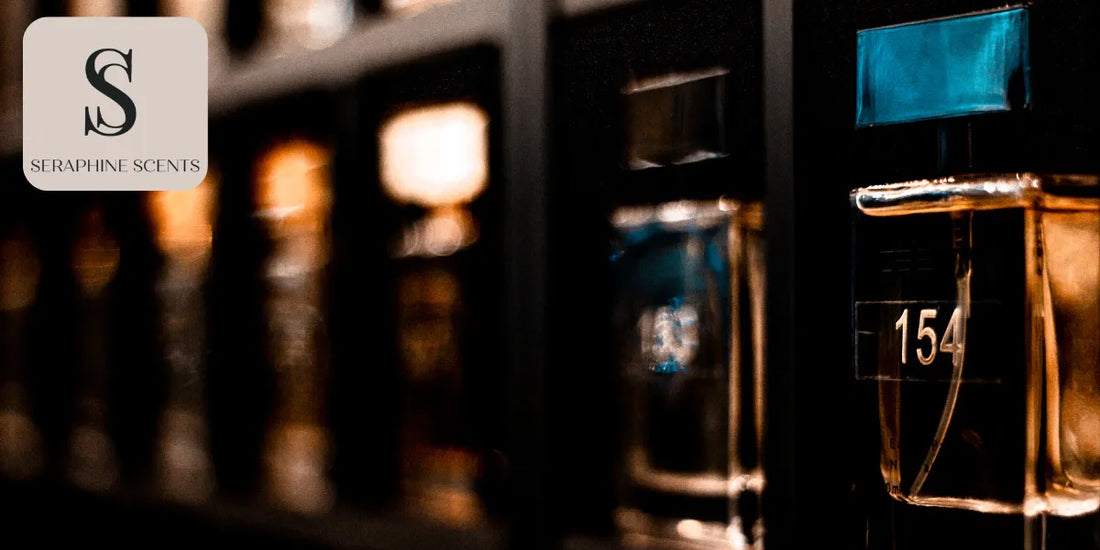
Perfume Ingredients to Know — Natural vs Synthetic Scents Explained
Perfume may feel like pure magic in a bottle, but behind every captivating scent lies a careful composition of ingredients — some sourced directly from nature, others crafted in a laboratory. Understanding these components not only deepens your appreciation for the craft of perfumery but also helps you make informed choices that match your lifestyle, preferences, and values.
In this guide, we’ll explore the fascinating world of natural and synthetic perfume ingredients, including their history, benefits, limitations, and how they work together to create the fragrances we love.
What Are Natural Perfume Ingredients?
Natural perfume ingredients are derived from plants, flowers, fruits, resins, and — historically — some animal sources. They are extracted using methods such as steam distillation, solvent extraction, cold pressing, and enfleurage. These raw materials form the backbone of traditional perfumery.
Examples of Natural Ingredients
- Essential Oils: Concentrated oils extracted from botanicals — such as rose oil from petals, patchouli from leaves, or bergamot from citrus rinds.
- Absolutes: Highly concentrated extracts from delicate flowers like jasmine or tuberose, where heat-based extraction would damage the scent.
- Resins and Balsams: Sticky substances from trees like frankincense, myrrh, and benzoin, adding depth and warmth.
- Animal-Derived Notes: Rarely used today, but historically included ambergris (from sperm whales), musk (from deer), and civet. Modern perfumery now uses cruelty-free synthetics for these notes.
Advantages of Natural Ingredients
- Rich, complex scent profiles that evolve beautifully over time.
- Appeal to customers seeking "organic" or plant-based beauty products.
- Often evoke an artisanal, heritage feel in luxury fragrances.
Limitations of Natural Ingredients
- Shorter shelf life and less stability in heat or humidity.
- Inconsistency in scent profile due to seasonal and geographical variation.
- Higher cost, especially for rare florals like oud or jasmine absolute.
- Potential allergen risks for sensitive skin.
What Are Synthetic Perfume Ingredients?
Synthetic ingredients are created in a laboratory, either to replicate natural scents or to invent entirely new aromas that don’t exist in nature. They have been central to modern perfumery since the late 19th century, allowing perfumers to push creative boundaries.
Examples of Synthetic Ingredients
- Aldehydes: Provide a fizzy, sparkling freshness — famously used in Chanel No. 5.
- Calone: Creates a watery, marine note reminiscent of ocean breezes.
- Iso E Super: A smooth, velvety woody scent with a subtle presence.
- Ethyl Maltol: Adds a sweet, candy-like note used in many gourmand fragrances.
- Ambroxan: A modern synthetic amber note with incredible longevity.
Advantages of Synthetic Ingredients
- Greater stability and longer shelf life.
- Consistency in scent quality regardless of season or harvest.
- Ability to create unique notes not found in nature.
- Ethical and sustainable alternatives to animal-derived ingredients.
Limitations of Synthetic Ingredients
- May smell less "organic" or warm compared to naturals (though modern synthetics are increasingly sophisticated).
- Possible irritation for those sensitive to certain aroma molecules.
Natural vs Synthetic — Which Is Better?
The best perfumes often blend both natural and synthetic ingredients, leveraging the strengths of each. For example:
- A natural rose absolute might be supported by synthetic rose molecules to enhance longevity.
- Synthetic marine notes can add freshness to a natural citrus composition.
Rather than seeing it as a battle, think of it as a partnership — naturals provide richness, while synthetics offer consistency, creativity, and performance.
Ingredient Impact on Longevity
Light, volatile natural notes — like citrus oils — tend to fade quickly. Synthetics, especially fixatives like ambroxan or synthetic musks, slow evaporation and extend wear time. This is especially important in Singapore’s humid weather, where scents can evaporate faster.
Perfume Safety & Skin Sensitivity
Both natural and synthetic ingredients can cause allergic reactions in sensitive individuals. Always patch test new perfumes and check for IFRA compliance, which ensures the fragrance meets safety standards.
Eco-Sustainability in Perfumery
Modern fragrance houses are moving towards sustainable sourcing — whether it’s ethically harvested natural ingredients or biodegradable synthetics. Brands are also focusing on reducing environmental impact by limiting rare or endangered raw material use.
Famous Perfumes and Their Ingredient Profiles
- Chanel No. 5: A blend of aldehydes (synthetic) with natural florals like jasmine and rose.
- Acqua di Gio: Uses Calone (synthetic) for aquatic freshness, combined with natural citrus and herbs.
- Tom Ford Oud Wood: Combines natural oud with synthetic notes to enhance depth and longevity.
Choosing the Right Perfume for You
- If you value tradition and complexity, explore perfumes rich in natural extracts.
- If you want consistency and all-day performance, look for scents with a strong synthetic backbone.
- For the best of both worlds, opt for blended compositions that balance richness and stability.
Why Buy from Seraphine Scents
At Seraphine Scents, we offer a curated range of perfumes that combine artistry and quality — whether you love the richness of naturals, the innovation of synthetics, or a harmonious blend of both. Explore our full collection, discover luxury finds under $50, or shop our best sellers to find your next signature scent.
Final Thoughts
Perfume ingredients are the building blocks of scent, shaping everything from its opening sparkle to its lingering dry-down. Understanding the roles of natural and synthetic components gives you the power to choose fragrances that truly fit your style, values, and lifestyle — and to appreciate the artistry behind every spray.

